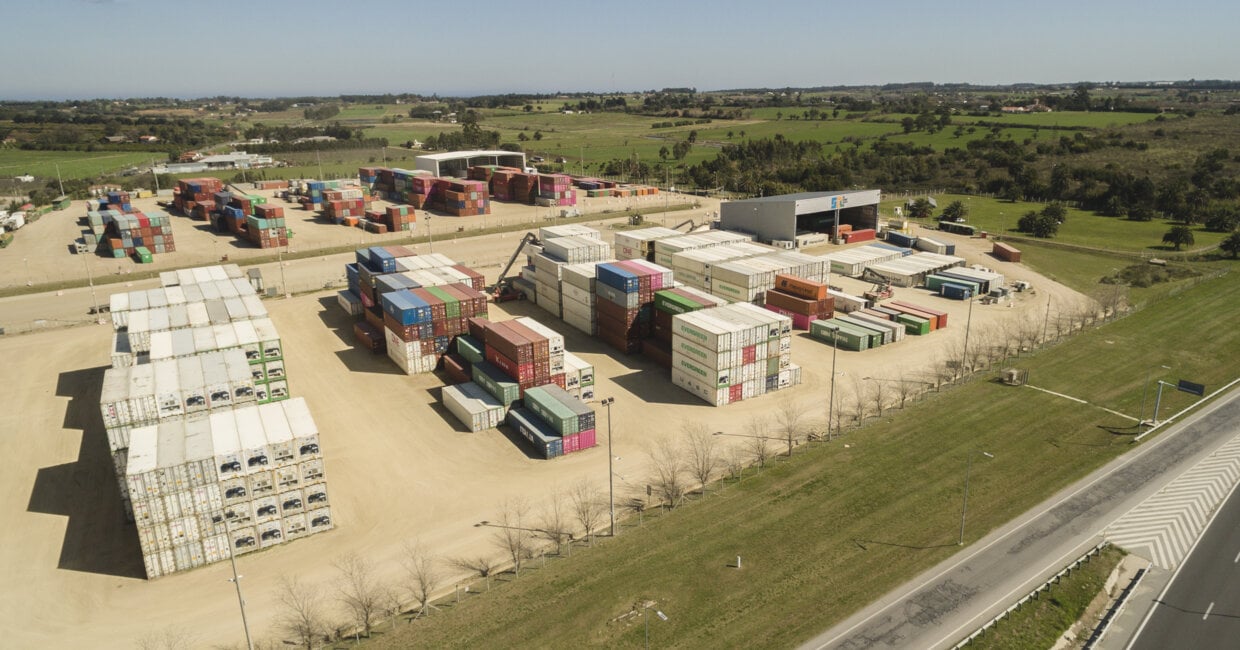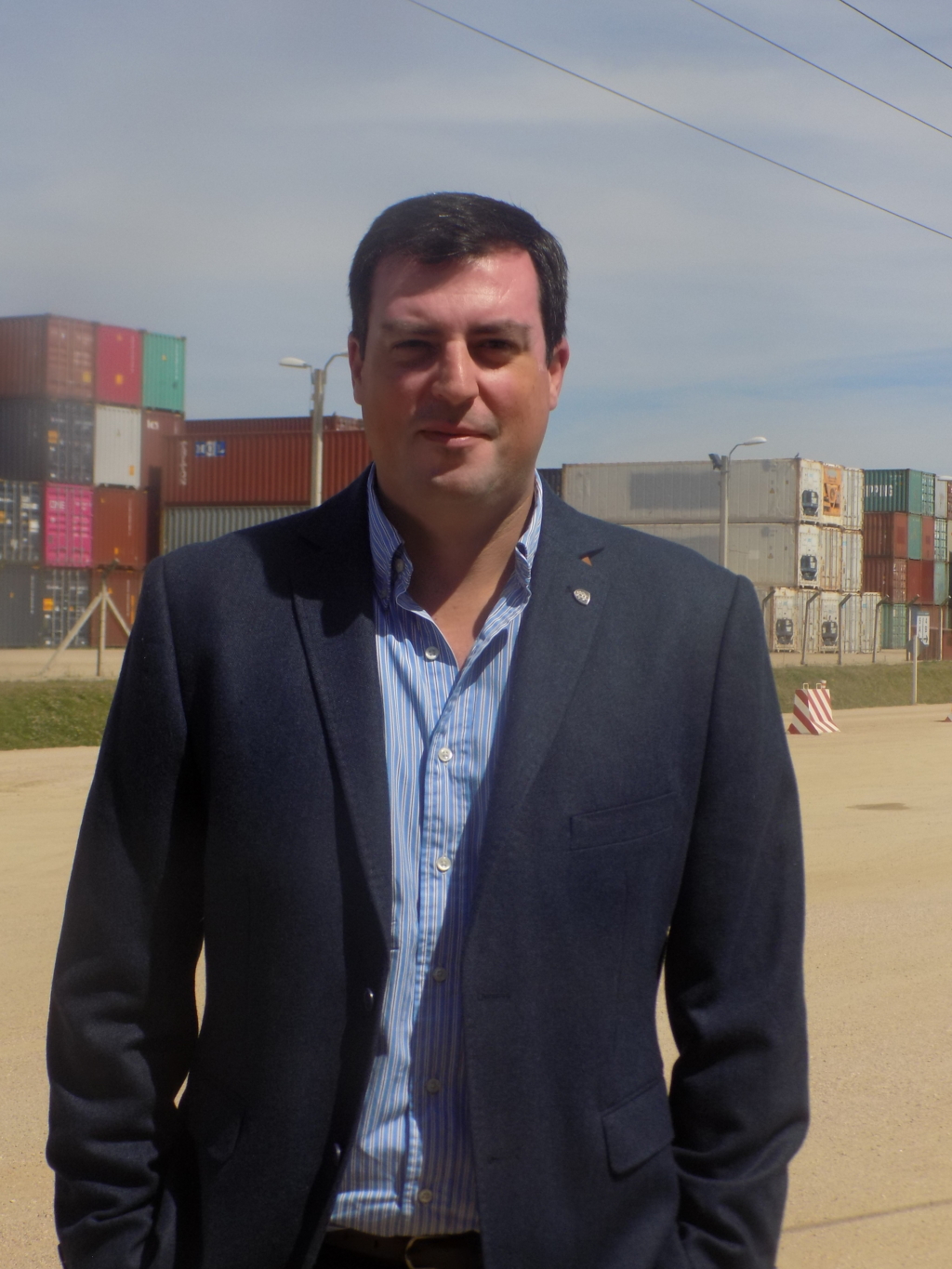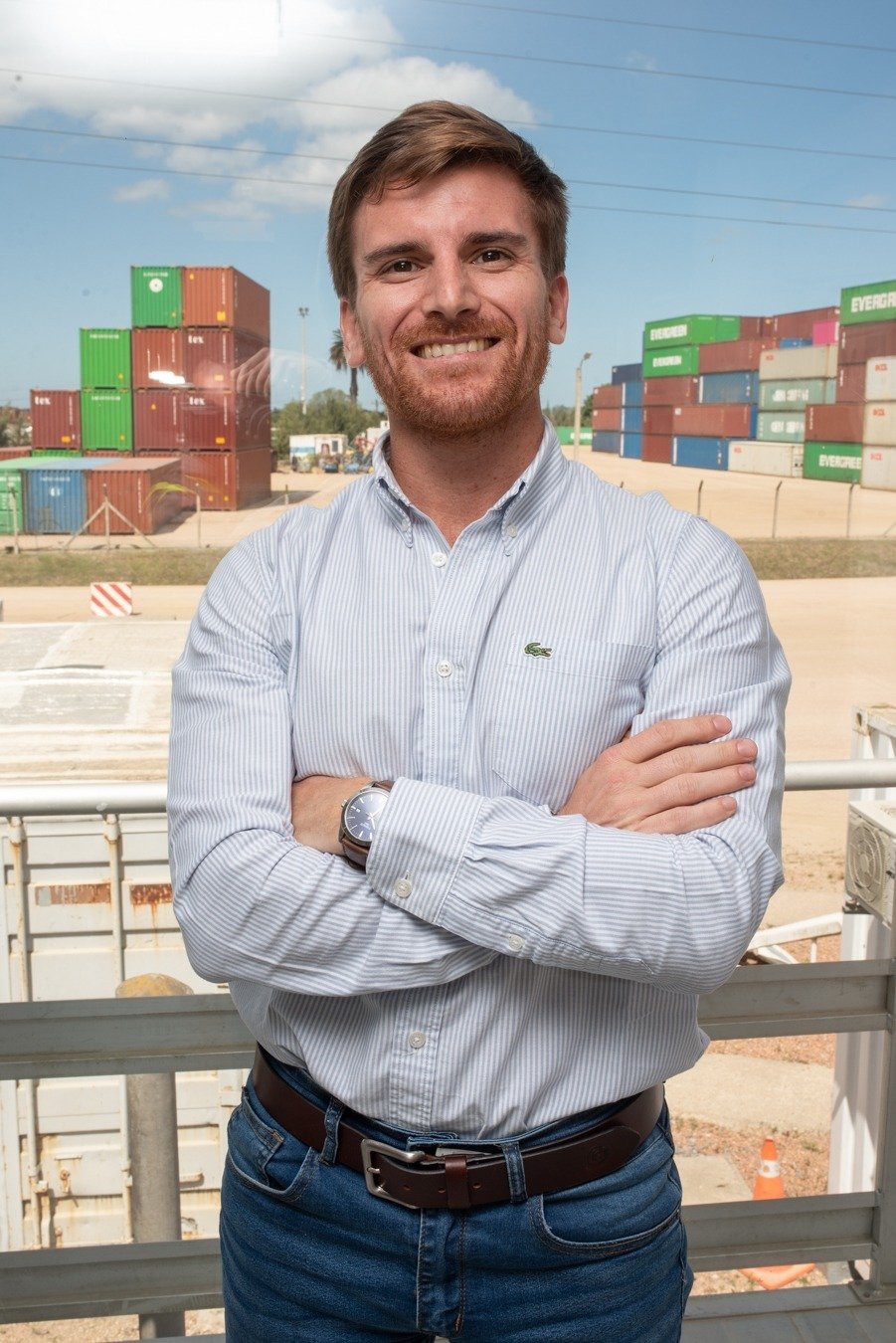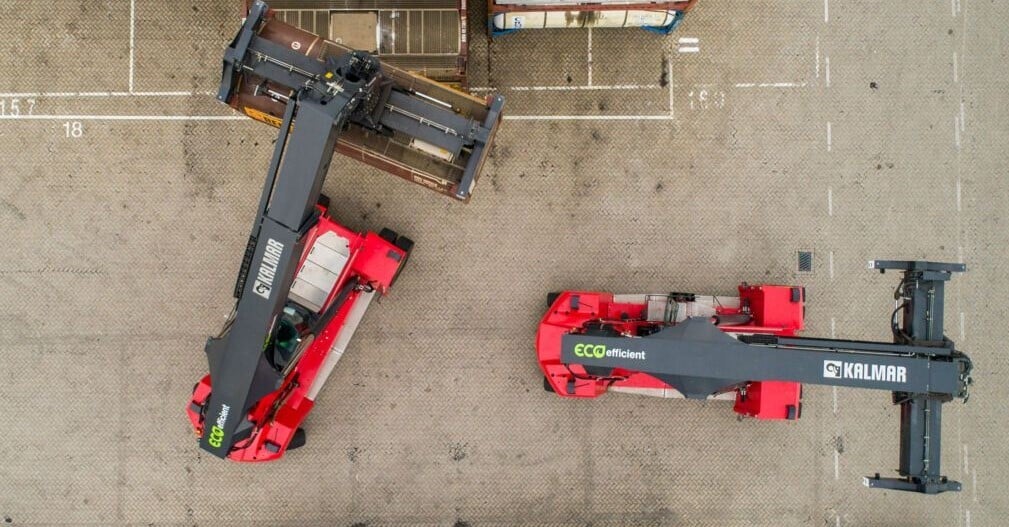
From zero to 100: STL's path to becoming Uruguay's largest multi-brand logistics operator.
The history of Sur Terminal Logistica (STL) is a story of effort, resilience, and innovation within the ever-competitive logistics industry. Since its start of activities in 2014, the company has become the largest multi-brand container service and logistics terminal in Uruguay.
The source of this success story was, of course, a wise decision, the product of the knowledge of the sector, its needs, and, especially, its greatest pains: the lack of backup spaces in the ports, especially in those like Montevideo, which grew side by side with the city to the point of being limited in its operation by the proximity of the urban fabric.

This "confinement" of the logistic-port activity to the physical limits of the spaces led STL to look beyond. Strictly speaking, several kilometers from the seafront, where they decided to create an extra-port "lung" that would allow them to add complementary spaces to the operation of yards and berthing fronts.
"As it happens worldwide, space inside the port is limited and costly, so creating an empty container depot outside the Port of Montevideo was necessary. That is how STL was born, located 10 kilometers from the port in one of the main access arteries. We are 15 minutes by transport from the Port of Montevideo; we have 12 hectares of operation with a capacity for 10,000 TEUs," says Marcelo Daissón, Operations and Commercial Manager of STL.
Daissón, with 25 years in the industry, assures that the key to STL's success has been to provide excellent services to our clients, prioritizing people's safety, care for the environment, and balance with the surroundings. We have highly trained personnel sensitive to our client's needs to achieve this. As a result, STL has become the preferred logistics depot for empty containers for the shipping lines operating in Uruguay. The key is to know the industry, as it happened in its first and successful decision to go "beyond" the port.
"It was a path that we started to build practically from scratch, starting to win customers one by one. Today, we have become the largest terminal that concentrates most of the customers and shipowners operating here in Uruguay," he reinforces.

Meanwhile, Martin Rocchietti, STL's Logistics Manager, adds that "the terminal started as an empty warehouse dependent on the port, and today it is an "independent" logistics terminal, and in the future, it will focus on new projects, warehouse projects, cargo projects, which is what has inclined us to partner with Kalmar. If you think about it, the last reachstacker purchase we made was a Kalmar Eco Reachstacker, which today is working to consolidate timber at the terminal."
This partnership with Kalmar as an equipment supplier acknowledges the STL executive and has been a success from the point of view of purchase, start-up, and after-sales, which gives certainty in the current operation and development of new initiatives.
"Since our origin, we have had different experiences in vacuums, with different suppliers and different types of machines, from the front end to Reach Stacker. But the partnership with Kalmar, from the point of view of the supplier and the quality of the equipment, its level of response, availability of spare parts, and versatility of the machines, has been relevant. That is how we developed the link, and today it is our main supplier of STL machinery, where our development has also gone hand in hand with Kalmar's technological development," he explains.
Both professionals agree that the use of Kalmar equipment has brought them reliability and peace of mind: their machines spend less time in maintenance, but also, if required, there is a permanent stock of parts and spare parts thanks to the new hub in Panama, not to mention the excellent representation that the brand has in Uruguay.
The future
Given the increase in volumes that Uruguay could have, whose port policy seeks to establish in Montevideo a regional hub for the transshipment of cargo as an alternative to the ports of southern Brazil and the terminals of Buenos Aires, STL plans to continue growing in favor of its customers.
"Today, we have 12 hectares of operation, but we have 21 additional hectares of our own in which we can expand and develop new business, whether for empty containers, as well as aiming at new logistics projects. Probably during this year, we will take part of those hectares, and we will be advancing in three more hectares with a view to such development," Marcelo Daissón predicts.
In this sense, Martín affirms that, in addition to establishing business related to empty containers, "we are analyzing the possibility of building a goods warehouse, for which we also need to incorporate equipment and technologies. The new Reachstackers that are arriving now are to support not only the current loads, but we are already planning to have a fleet of machines to support our future activity."
The future they envision will be environmentally sustainable and clean with the Net Zero commitment; for this reason, they have already seen the addition of other electric cranes and equipment of the company to the recently acquired Kalmar Eco reachstacker.
Source: Portal Portuario

Related articles
Further reading
Subscribe and receive updates in your email
Unsere Veröffentlichungen abonnieren

